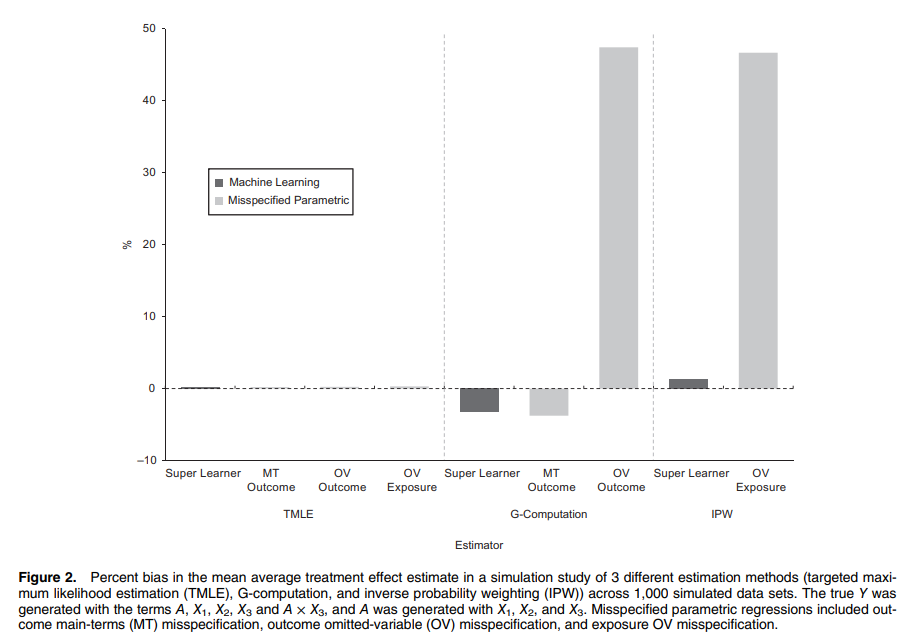First of all, I want to say that I am still learning, and my perspective may have misunderstandings. I hope to receive guidance and corrections.
Regarding propensity scores and weighting (e.g., Inverse Probability Weighting, IPW) in observational studies, what I’ve learned is that they are low power methods and should not be used! The only scenario where propensity scores are applicable is when the sample size is very small, for example, when the number of outcome events is less than ten times the number of adjustment variables. In such cases, propensity scores may outperform multivariable adjustment. Overall, matching and weighting methods are not good practices.
Propensity scores and weighting seem theoretically appealing, which is why they were once very popular. However, their real-world performance is far inferior to their theoretical promise, and as a result, they are now rarely used. At least, in the papers I’ve read, I seldom see propensity scores anymore.
The above reflects my personal understanding based on my learning.
However, I am aware that many people regard propensity scores and weighting as causal inference methods, with some even equating causal inference entirely with matching and weighting. Recently, I came across a method called Target Trial Emulation, which aims to emulate randomized trials using observational studies (a concept I find somewhat odd, though I acknowledge its necessity in real-world applications). This method employs Inverse Probability Weighting (IPW) as a causal inference approach.
This is where my confusion lies. I had always thought that propensity scores and IPW should not be used. But now I see studies published in JAMA or BMJ using these methods. Have I misunderstood something, or am I missing something important?
Association Between Early Treatment With Tocilizumab and Mortality Among Critically Ill Patients With COVID-19
If anyone is willing to patiently share their thoughts, I would be very grateful and benefit greatly. Thank you!
